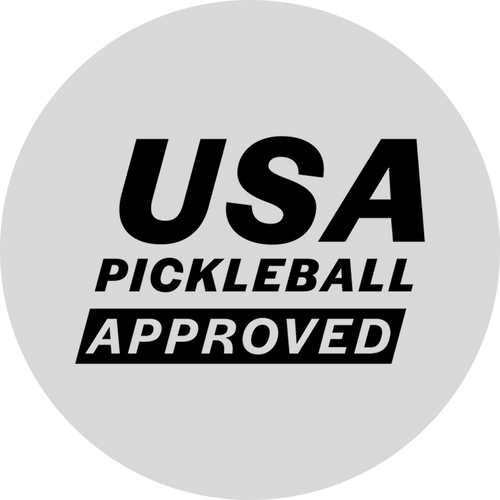
The Science Behind the Sweet Spot: How to Maximize Paddle Efficiency
Share
In the dynamic world of pickleball, where lightning-quick reflexes and split-second decision-making dominate, one elusive concept reigns supreme: the sweet spot. Much more than marketing jargon or paddle lingo, the sweet spot is a tangible area on your paddle that can significantly amplify your performance—when used wisely.
Whether you’re an enthusiastic amateur or a seasoned competitor, understanding the biomechanics and physics of the sweet spot can elevate your gameplay from decent to dazzling.
What Exactly Is the Sweet Spot?
The sweet spot refers to the optimal impact zone on a paddle where the ball experiences maximum energy transfer with minimal vibration. Striking the ball on this area results in cleaner shots, better control, and greater efficiency.
There are three distinct sweet zones often discussed in sports science:
- Center of Percussion (COP): The point where vibrations are minimized upon impact.
- Node of Vibration: Where the paddle feels “dead” or shock-free in your hand.
- Maximum Coefficient of Restitution (COR): Where the rebound of the ball is most powerful.
When these zones overlap on a well-engineered paddle, magic happens.
The Physics of Paddle Impact
When the ball collides with your paddle, a complex exchange of energy occurs. If contact is made off-center, energy disperses inefficiently, causing the paddle to twist, vibrate, or feel unstable. However, if the strike lands on the sweet spot, the following benefits emerge:
- Optimal energy return: More of your swing power is transferred to the ball.
- Stability: Reduced torque in your wrist and arm.
- Consistency: Cleaner, predictable ball trajectories.
- Tactile feedback: A satisfying “pop” or soft thud indicating a solid connection.
It’s not just physics—it’s playable finesse.
Paddle Construction and Sweet Spot Size
Not all paddles are created equal. The size and location of the sweet spot are influenced by the paddle’s design materials and dimensions.
Key design elements include:
- Core Composition
- Polymer honeycomb cores tend to absorb vibration well and offer a broad sweet spot.
- Nomex or aluminum cores provide more power but a smaller optimal impact zone.
- Surface Material
- Carbon fiber and fiberglass paddles usually offer enhanced precision.
- Gritted or textured surfaces improve spin potential but may slightly reduce sweet spot size.
- Paddle Shape
- Elongated paddles offer extra reach but concentrate the sweet spot higher up.
- Wide-body paddles offer a larger sweet spot that’s easier to find—ideal for beginners or players focused on consistency.
Understanding these nuances allows you to choose gear that complements your natural swing and playstyle.
How to Find the Sweet Spot on Your Paddle
Finding your paddle’s sweet spot isn’t as mystical as it may seem. Here are three simple methods to locate it:
- Bounce Test: Gently drop a ball at different spots on the paddle face and listen for the cleanest, liveliest bounce.
- Feel Test: Practice dinks and volleys slowly. Notice when contact feels smooth and effortless versus jarring or dull.
- Spin & Twist: Hit balls off-center and observe how much the paddle twists in your grip—less twist means closer to the sweet spot.
Once you find it, muscle memory becomes your best friend.
Training to Hit the Sweet Spot Consistently
Even with the perfect paddle, consistently striking the sweet spot requires intention and repetition. Here’s how to train for better paddle precision:
- Shadow Swings: Practice motion drills without the ball to engrain swing mechanics and paddle positioning.
- Wall Drills: Use a wall for dink or volley repetition, aiming to strike the same paddle area every time.
- Controlled Rallying: Slow the game down in practice to fine-tune your contact point.
- Video Analysis: Record yourself and check for alignment issues between your eyes, paddle, and ball.
This approach not only improves accuracy—it fosters a more deliberate and disciplined playing style.
Real-World Application: How It Impacts Your Game
When you consistently find the sweet spot:
- Your shots gain finesse. Dinks drop where you want them to.
- Power feels effortless. You don’t have to swing harder—just smarter.
- Fatigue decreases. Efficient contact means less strain on your wrist, elbow, and shoulder.
- Confidence soars. Nothing beats the feeling of mastery through precision.
It’s the difference between playing pickleball and commanding it.
Conclusion: Sweet Spot, Smart Play
Mastering the sweet spot isn’t just about paddle choice—it’s about cultivating body awareness, consistency, and strategic training. With a deeper understanding of how paddle dynamics and contact zones affect your performance, you can make smarter decisions on the court and transform your game into something truly refined.
Remember: great players aren’t always the strongest—they’re the most efficient. And efficiency starts at the sweet spot.
So go ahead—hone your touch, tune your timing, and hit that perfect point. The sweet spot is waiting.
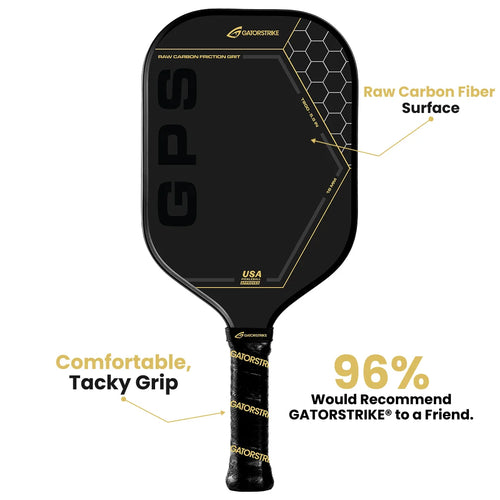
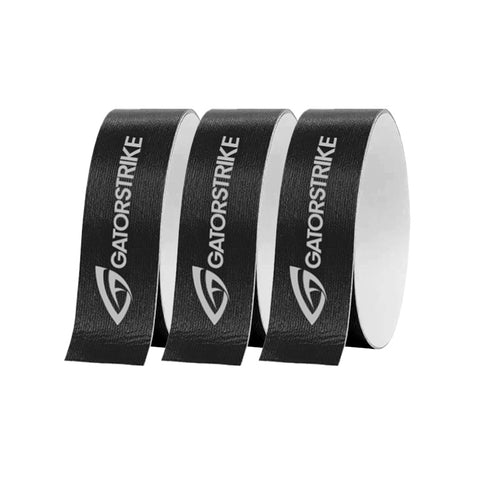
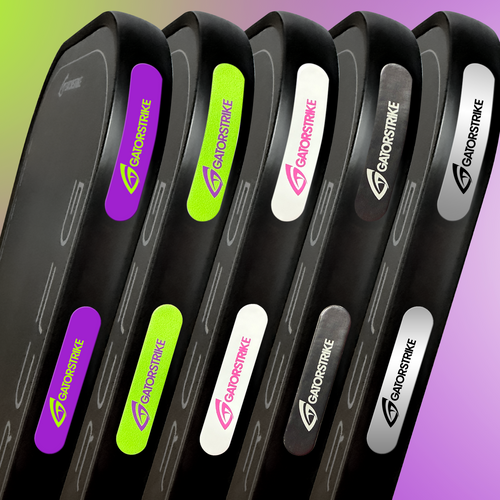


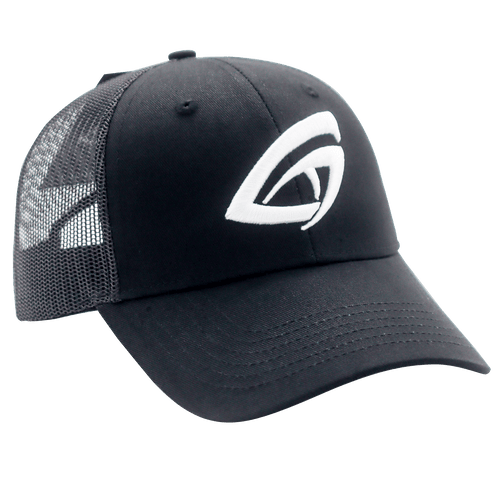
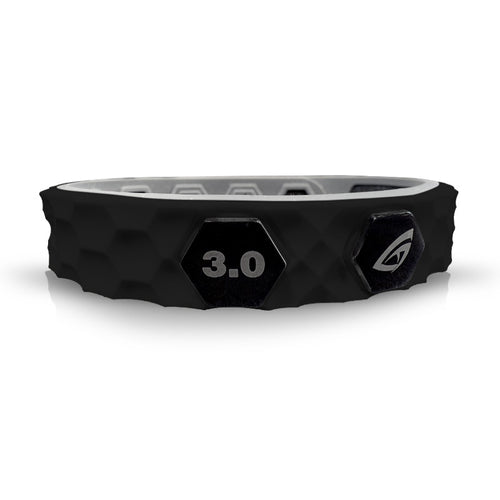
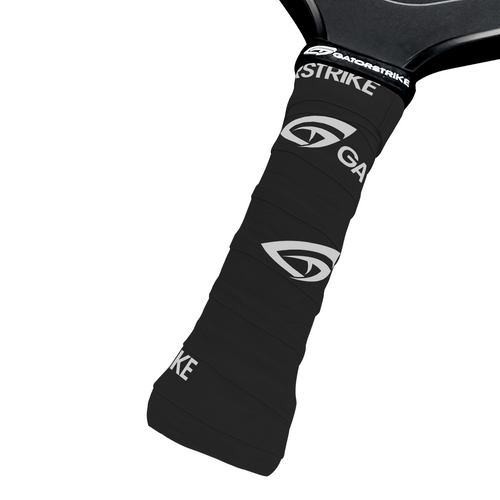

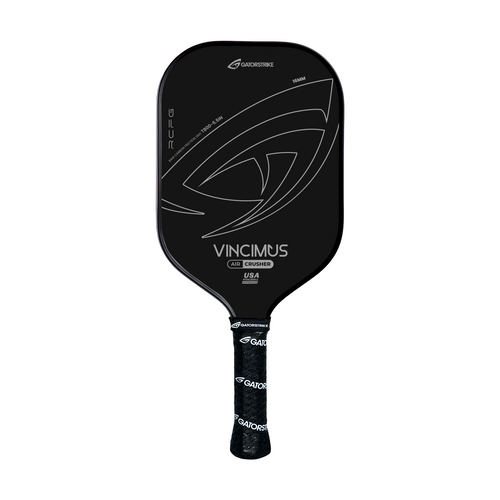


 FREE SHIPPING ON ORDERS $25 OR MORE!
FREE SHIPPING ON ORDERS $25 OR MORE!


